AUTISM
Table of Contents
What is a Autism?
Autism is a complex neuro behavioral condition that includes impairments in social interaction and developmental language and communication skills combined with rigid, repetitive behaviors. Because of the range of symptoms, this condition is now called autism spectrum disorder (ASD).
Symptoms of Autism:
Autism’s core symptoms are
1> social communication challenges and
2> restricted, repetitive behaviors.
In autism, these symptoms
- begin in early childhood (though they may go unrecognized)
- persist and interfere with daily living.
1> Social communication challenges :
Children and adults with autism have difficulty with verbal and non-verbal communication. For example, they may not understand or appropriately use:
- Spoken language (around a third of people with autism are nonverbal)
- Gestures
- Eye contact
- Facial expressions
- Tone of voice
- Expressions not meant to be taken literally
Additional social challenges can include difficulty with :
- Recognizing emotions and intentions in others
- Recognizing one’s own emotions
- Expressing emotions
- Seeking emotional comfort from others
- Feeling overwhelmed in social situations
- Taking turns in conversation
- Gauging personal space (appropriate distance between people)
2> Restricted and repetitive behaviors :
Restricted and repetitive behaviors vary greatly across the autism spectrum. They can include:
- Repetitive body movements (e.g. rocking, flapping, spinning, running back and forth)
- Repetitive motions with objects (e.g. spinning wheels, shaking sticks, flipping levers)
- Staring at lights or spinning objects
- Ritualistic behaviors (e.g. lining up objects, repeatedly touching objects in a set order)
- Narrow or extreme interests in specific topics
- Need for unvarying routine/resistance to change (e.g. same daily schedule, meal menu, clothes, route to school)
Causes:
The exact cause of ASD is unknown. The most current research demonstrates that there’s no single cause.
Some of the suspected risk factors for autism include:
- having an immediate family member with autism
- genetic mutations
- fragile X syndrome and other genetic disorders
- being born to older parents
- low birth weight
- metabolic imbalances
- exposure to heavy metals and environmental toxins
- a history of viral infections
- fetal exposure to the medications valproic acid (Depakene) or thalidomide (Thalomid)
How to Diagnose the Autism?
An ASD diagnosis involves several different screenings, genetic tests, and evaluations. Developmental screenings
The American Academy of Pediatrics (AAP) recommends that all children undergo screening for ASD at the ages of 18 and 24 months.
Screening can help with early identification of children who could have ASD. These children may benefit from early diagnosis and intervention.
The Modified Checklist for Autism in Toddlers (M-CHAT) is a common screening tool used by many pediatric offices. This 23-question survey is filled out by parents. Pediatricians can then use the responses provided to identify children that may be at risk of having ASD.
It’s important to note that screening isn’t a diagnosis. Children who screen positively for ASD don’t necessarily have the disorder. Additionally, screenings sometimes don’t detect every child that has ASD.
Other screenings and tests
Your child’s physician may recommend a combination of tests for autism, including:
- DNA testing for genetic diseases
- behavioral evaluation
- visual and audio tests to rule out any issues with vision and hearing that aren’t related to autism
- occupational therapy screening
- developmental questionnaires, such as the Autism Diagnostic Observation Schedule (ADOS)
Treatment of Autism:
No cure exists for autism spectrum disorder, and there is no one-size-fits-all treatment. The goal of treatment is to maximize your child’s ability to function by reducing autism spectrum disorder symptoms and supporting development and learning. Early intervention during the preschool years can help your child learn critical social, communication, functional and behavioral skills.
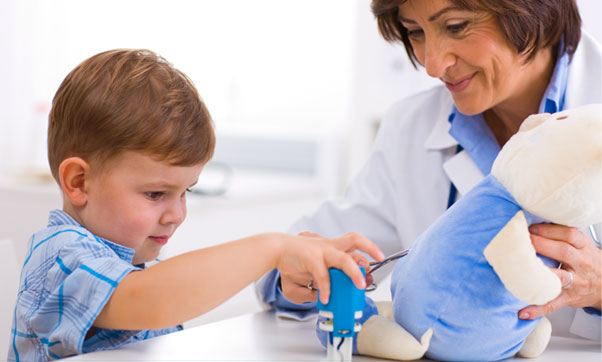
The range of home-based and school-based treatments and interventions for autism spectrum disorder can be overwhelming, and your child’s needs may change over time. Your health care provider can recommend options and help identify resources in your area.
If your child is diagnosed with autism spectrum disorder, talk to experts about creating a treatment strategy and build a team of professionals to meet your child’s needs.
Treatment options may include:
- Behavior and communication therapies:
Many programs address the range of social, language and behavioral difficulties associated with autism spectrum disorder. Some programs focus on reducing problem behaviors and teaching new skills. Other programs focus on teaching children how to act in social situations or communicate better with others. Applied behavior analysis (ABA) can help children learn new skills and generalize these skills to multiple situations through a reward-based motivation system. - Educational therapies :
Children with autism spectrum disorder often respond well to highly structured educational programs. Successful programs typically include a team of specialists and a variety of activities to improve social skills, communication and behavior. Preschool children who receive intensive, individualized behavioral interventions often show good progress. - Family therapies :
Parents and other family members can learn how to play and interact with their children in ways that promote social interaction skills, manage problem behaviors, and teach daily living skills and communication. - Other therapies :
Depending on your child’s needs, speech therapy to improve communication skills, occupational therapy to teach activities of daily living, and physical therapy treatment to improve movement and balance may be beneficial. A psychologist can recommend ways to address problem behavior. - Medications :
No medication can improve the core signs of autism spectrum disorder, but specific medications can help control symptoms. For example, certain medications may be prescribed if your child is hyperactive; antipsychotic drugs are sometimes used to treat severe behavioral problems; and antidepressants may be prescribed for anxiety. Keep all health care providers updated on any medications or supplements your child is taking. Some medications and supplements can interact, causing dangerous side effects.

Managing other medical and mental health conditions:
In addition to autism spectrum disorder, children, teens and adults can also experience:
- Medical health issues :
Children with autism spectrum disorder may also have medical issues, such as epilepsy, sleep disorders, limited food preferences or stomach problems. Ask your child’s doctor how to best manage these conditions together. - Problems with transition to adulthood :
Teens and young adults with autism spectrum disorder may have difficulty understanding body changes. Also, social situations become increasingly complex in adolescence, and there may be less tolerance for individual differences. Behavior problems may be challenging during the teen years. - Other mental health disorders :
Teens and adults with autism spectrum disorder often experience other mental health disorders, such as anxiety and depression. Your doctor, mental health professional, and community advocacy and service organizations can offer help.
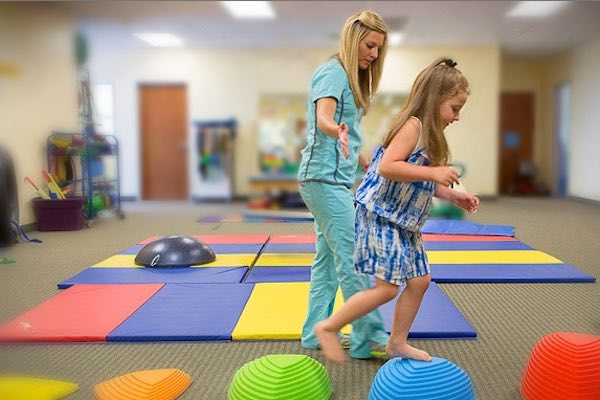
Physiotherapy Treatment in Autism:
For kids with autism, studies show that vigorous activity for more than 20 minutes can help decrease stereotypical behaviors, hyperactivity, and aggression. Exercise not only helps children with autism better engage in the environment, but it also helps promote weight loss and leads to better overall health.
Full-body exercises are best for kids with autism to increase coordination, strength, endurance, and body awareness. Here are five exercises to try.
Tips for getting started :
When teaching a child with autism a new exercise, it’s important to do so in a calm and supportive environment. Use positive reinforcement such as “You’re doing a great job!” Also use verbal or hands-on cues to help guide them through the movements and decrease the chances of them getting frustrated and upset.
1. Bear crawls
Bear crawls help develop body awareness, improve coordination and motor planning, and build strength in the trunk and upper body.
1 Start by kneeling on all fours, with hands under shoulders and knees under hips.
2 Extend legs until slightly bent. Spread your fingers wide to have optimal contact with the floor.
3 Walk using your feet and hands across the floor approximately 10-20 feet.
4 Maintain this position and walk backward in the same fashion.
5 Try switching up the speed and direction for optimal results.
6 If this movement is too hard, hands-on guidance at the hips from an instructor can help.
2. Medicine ball slams
Throwing weighted objects like medicine balls can increase core strength and balance and help improve coordination. It may also have therapeutic benefits and can stimulate brain centers responsible for short-term memory.
1 Begin in a standing position, holding a medicine ball in both hands.
2 Raise the ball up overhead with straight arms.
3 Slam the ball down to the ground with as much force as possible.
4 Bend at the knees to pick up the ball and repeat the movement 20 times.
5 You can make this exercise harder by throwing the ball to hit a target or increasing the weight of the ball.
3. Star jumps
Jumping tasks are a great full-body exercises that help improve cardiovascular endurance, strengthen legs and the core, and increase body awareness. Star jumps can be performed anywhere and can be done one at a time or in multiple repetitions.
1 Begin in a squatting position with knees bent, feet flat on the floor, and arms tucked in toward the chest.
2 Quickly jump up from squatting, extending arms and legs wide into an X.
3 On landing, return to starting position with arms and legs tucked in. Repeat for up to 20 repetitions or until fatigued.
4. Arm circles
In a study published in Research in Autism Spectrum Disorders, the authors found that movements similar to those exhibited by those with autism may help provide needed feedback to the body. This may reduce repetitive behaviors such as arm flapping or clapping. Arm circles are a great upper-body exercise that helps increase flexibility and strength in the shoulders and back and can be done anywhere with no equipment.
1 Stand with feet shoulder-width apart, arms by your side.
2 Extend arms straight out to the side at shoulder height.
3 Start making small circles with the hands, keeping the arms straight.
4 Gradually make the circles bigger and bigger, creating the movement from the shoulders.
5 Repeat 20 times, then repeat in other direction.
5. Mirror exercises
Autism is typically marked by difficulty interacting with others or the environment. Mirror exercises encourage the child to mimic what another person is doing, which can increase coordination, body awareness, and social skills.
1 Stand to face a partner, hands by your side.
2 Have your partner start making slow movements with their arms. Try starting with circles and progressing to more complex patterns.
3 When ready, mimic your partner’s movement as if you were looking at yourself in a mirror. For example, if they raise their right arm, you raise your left arm.
4 Try lightly touching hands for added feedback
5 Continue this activity for 1-2 minutes. Try incorporating other body parts such as the head, trunk, and legs. Repeat 3-5 times.
Pro tips
- Always consult a doctor before starting an exercise program with a child with autism.
- Start slow and monitor for signs of fatigue such as shortness or breath, muscle cramps, or dizziness.
- Ensure the child is well hydrated and rested before exercising.
- It’s best to start at a low intensity and slowly work your way up to harder, more vigorous sessions.

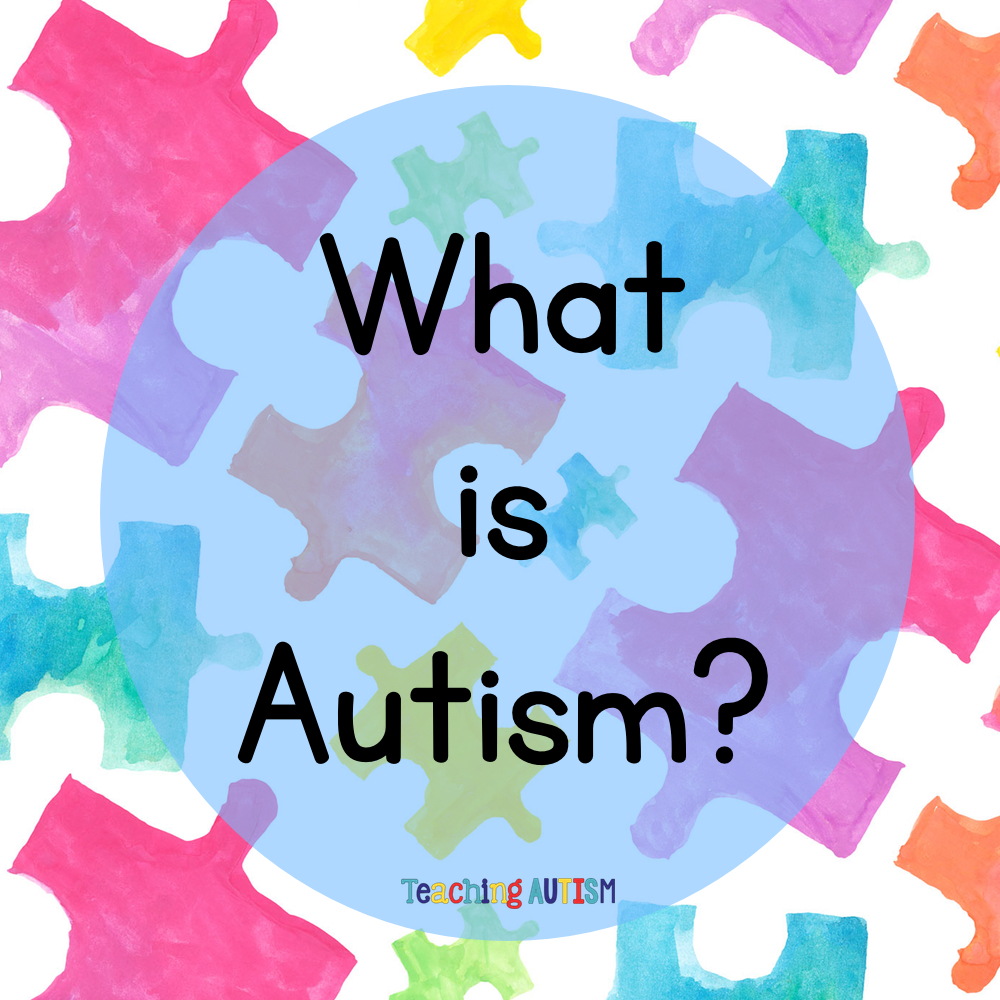

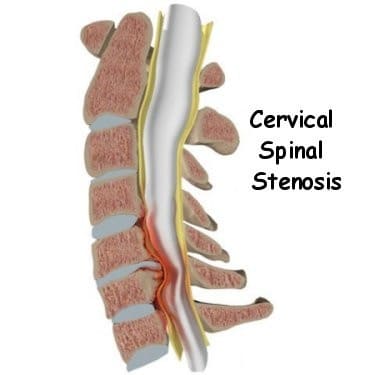
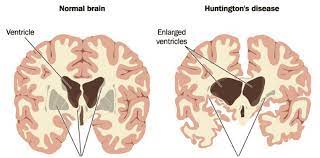
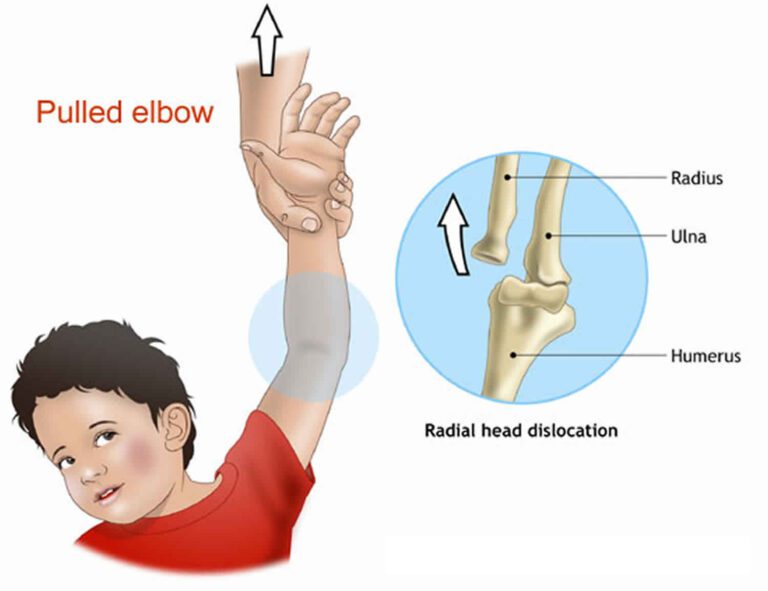
2 Comments